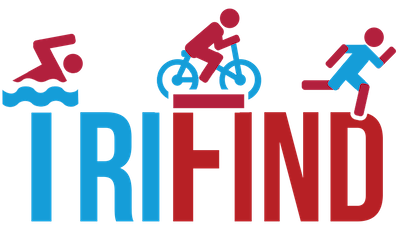Knucke Drag Strip Poker: A cure all swim drill set
The knuckle-drag is among the oldest and most useful swim technique drills. It was the first drill I learned when my coach taught it to me in 1971, and its still among my most recommended. The knuckle-drag is done by swimming freestyle and dragging your knuckles across the waters surface during the recovery (i.e. dry) phase. This drill, also known variously as the finger-tip drag, marionette, hand-drag, broken arm and many others, has a simple principle: use the waters surface as a convenient source of extra kinesthetic feedback to reinforce good recovery mechanics.
To actually recover during the recovery, freestylers should keep a high elbow and droopy forearm, and the knuckle-drag drill reinforces this form. Accordingly, the drill is usually prescribed to correct both sky-armed (hand above the elbow) and side-armed recoveries. The knuckle-drag drill is great for these, but it helps so many other flaws that its almost a Swiss Army Knife for swimming. The knuckle-drag is a tonic for all of the following and more:
Flaw |
Mechanism of assistance |
|
Sky/side-armed recovery |
Cues proper mechanics with direct kinesthetic feedback. |
|
Poor body rotation |
Body must rotate to get elbow high enough to do drill properly. Conveniently, lifting the elbows also produces body roll. |
|
Poor hand entry |
Hand never leaves water during drill, so entry is seamless with recovery. Teaches relaxed, clean, properly timed, and properly placed hand entry. |
|
Excess Tension |
Something about this drill is just relaxing. |
|
Legs fight body rotation |
When done with buoy, legs stay parallel and roll with the body. |
To maximize the knuckle drags usefulness I suggest using it within a strip poker set. It will become quickly apparent how this set earned its name. The set is low on exertion and high on relaxed focus, so it works great as a warm-up. It involves four repeats of the same distance, and I find 50-150 yard repeats are long enough to find a groove, but not so long that you suffer focus fatigue. Lets assume 4 x 100 for this article. If youre not already familiar with the knuckle-drag, practice it on its own before trying this set. If youre not yet comfortable with the drill, the toys will be a distraction rather than an aid to your learning.
Heres the set:
- 1 x 100 knuckle-drag, very relaxed, using both pull-buoy and flippers. Alarms are probably ringing in your head because flippers are for kicking and pull-buoys are expressly for not kicking. Use them both anyway because the flippers are for extra feedback, not kicking. The buoy will make you a little rolly, enhancing the rotation already produced by the drill. The buoy also holds your legs together. As your body rolls through this drill, and your legs roll with it, the flippers will amplify the kinesthetic sensation that the legs receive. In this first 100, just by keeping the elbows high and the forearms loose, your torso will roll, your legs will stay together and roll with your torso, and youll get extra feedback from the flippers.
- 1 x 100 knuckle-drag. Remove the flippers and use only the buoy. The buoy is still there to help you roll and keep the legs together, but the flippers are no longer there to amplify the feedback. Now that you know what to tune into, you can do it without the flippers if you focus. Youre gradually weaning yourself off the help.
- 1 x 100 knuckle-drag. No toys. Now you have no help other than the drill itself. Drill without the toys but remember how it felt with them. Try to roll as you did with the buoy. Youll need to kick now, but let your legs roll with your body as they do so.
- 1 x 100 swim. Remove the drill and just swim, but let the drills feel seep into your swimming. Good swimming is almost knuckle-dragging, so recover with the elbows high and the forearms hanging loosely - like a rope swinging from a crane. The hand should just barely miss the water.
Drew Surinsky, MS, JD, is an exercise physiologist, swim coach (


